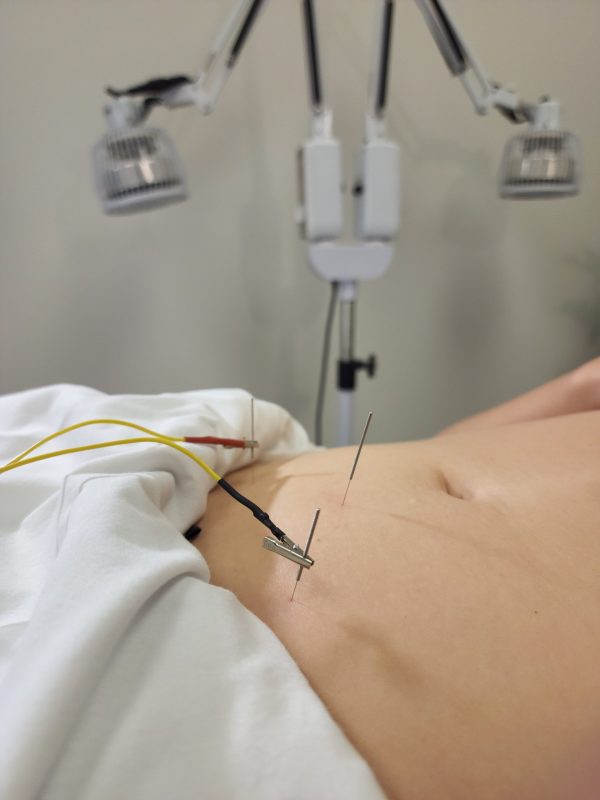5 Essential Insights on Period Health for Teens and Their Parents
The adolescent years are a whirlwind of change, growth, and discovery, with the onset of menstruation marking a significant milestone in a teen’s life. Understanding menstrual health is a significant part of the journey for many teens and their families, offering a foundation of knowledge that supports well-being and confidence.
The Key Players in the Menstrual Cycle
Central to this understanding are the female hormones that make up the menstrual cycle: estrogen and progesterone, along with luteinizing hormone (LH) and follicle-stimulating hormone (FSH). These hormones work together to regulate the cycle, with estrogen responsible for building up the uterine lining, progesterone preparing it for a potential pregnancy, and the interplay of LH and FSH triggering ovulation and stabilizing menstrual patterns.
Their balance is key to healthy menstruation, influencing everything from cycle length to the intensity of menstrual symptoms. Whereas, dysregulation in any of these hormonal levels can lead to menstrual irregularities, such as amenorrhea (absence of menstruation), menorrhagia (heavy menstrual bleeding), or oligomenorrhea (infrequent menstruation). Conditions like polycystic ovary syndrome (PCOS), thyroid disorders, and stress can impact these hormone levels, affecting menstrual health.
Five Essential Insights Into Navigating Period Health
Here, we explore five essential insights on period health, to empower both teens navigating their menstrual journey and their parents guiding them through it.
- Early Education and Preparedness Matter: The onset of menstruation can vary widely, with some experiencing their first period as early as 8 years old, largely due to factors like environmental toxicity and dietary influences. This variability underscores the importance of educating pre-teens early about their bodies and what menstruation entails. Knowledge equips them to handle their periods with confidence, reducing the potential for feelings of embarrassment or shame. Observing signs like breast development, body hair growth, and cervical discharge can help predict the start of menstruation. An early and open dialogue ensures readiness and diminishes anxiety.
- Understanding What’s Normal and Not: Initially, menstrual cycles may be irregular and can take time to stabilize. This period of adjustment is normal. However, if irregularities persist, such as frequent missed periods or abnormally heavy flow, seeking advice from a healthcare provider knowledgeable about menstrual health is wise. Regular cycles can offer valuable insights into one’s overall health, acting as a “body report card.” Encouraging teens to track their cycle can help them understand their body better and identify any potential health issues early on.
- The Significance of Cycle Tracking: Tracking menstrual cycles is about more than just predicting the next period. It’s a tool for teens to uncover and harness their hormonal shifts as strengths. For instance, the surge in estrogen during the follicular phase can enhance feelings of boldness and physical strength, while the rise in progesterone during the luteal phase may increase creativity and emotional depth. Understanding these patterns can help teens and their support systems anticipate and cater to their varying needs and capacities throughout the cycle, fostering a supportive environment for their physical and emotional well-being.
- Reevaluating the Role of Contraceptive in Menstrual Management: While oral contraceptives are often prescribed to manage menstrual symptoms, it’s crucial to understand their effects fully. These medications can mask symptoms by disrupting the natural menstrual cycle and may not address the underlying issues. Moreover, stopping their use after a long period can lead to the resurgence of symptoms, possibly more intensely. It’s important for teens and their guardians to consider all aspects, including potential side effects and the suppression of natural bodily signals, before opting for birth control as a solution to menstrual challenges.
- Preparation is Key!: Anxiety about experiencing their first period unprepared is common among pre-teens and teens. Addressing this concern is as simple as being prepared. Creating a period kit with them, including choosing the right products that meet their needs and comfort level, can make all the difference. Today’s market offers a wide range of teen-friendly, environmentally conscious products, from period-proof underwear to organic pads and tampons. Engaging in open discussions about preferences and how to use these products can demystify menstruation and equip them with the confidence to manage their period health proactively.
Understanding menstrual health is a journey of empowerment, one that benefits from shared knowledge, open dialogue, and a compassionate approach. For teens and their parents, embracing this aspect of adolescent life can strengthen bonds and foster a positive, health-conscious outlook that lasts a lifetime.
Recognizing the need for comprehensive support during adolescence, Dr. Sasha Monteiro has created “Empower and Bloom: Your Teen Health Toolkit,” a holistic teen health program designed to guide teens and their parents through these transformative years. This program addresses the multifaceted aspects of teen health, encompassing physical, emotional, and social well-being. Embrace the opportunity to empower and bloom together!
References:
Adams Hillard PJ. Menstruation in adolescents: what’s normal, what’s not. Ann N Y Acad Sci. 2008;1135:29-35. doi:10.1196/annals.1429.022
Marques P, Madeira T, Gama A. Menstrual cycle among adolescents: girls’ awareness and influence of age at menarche and overweight. Rev Paul Pediatr. 2022;40:e2020494. Published 2022 Jan 5. doi:10.1590/1984-0462/2022/40/2020494





